AFTER losing some of its envied punching power in global markets in the past decade the $13 billion Australian dairy industry has seized on the chance to highlight the big opportunities ahead – and how to make the most of them.
Those opportunities – and priorities to reinvigorate the sector – include doing more to lift farmers’ business skills as farm cost pressures rise and hungry new markets emerge.
Dairying also has to find good partners to invest in research and development joint ventures with innovative producers and has to encourage more investors in dairy farming.
Booming demand for dairy products has created huge market growth on Australia’s doorstep in Asia and further afield.
But a major report into the industry’s long-term direction released earlier this year highlighted how stiff the competition from rival exporters would be if our farmers, marketers and key government and business players weren’t thinking proactively enough about how to seize emerging business opportunities.
The Horizon 2020 report by Dairy Australia and the Geoffrey Gardiner Foundation condensed almost 12 months research into factors affecting dairying’s economic capacity and structure into 14 key recommendations.
Many of those initiatives centred on rebuilding confidence in Australia’s dairy sector capabilities among farmers, processors and consumers.
Drought, an uncompetitively high dollar, domestic market deregulation and supermarket pricing shocks contributed to milk production shrinking from around 11 billion litres during the past decade to a forecast 9.4 billion litres this financial year.
At the same time Australia’s position as a major contributor to the world’s dairy trade almost halved from around a 15% to 7%, while rival exporters in Europe, New Zealand and the US have bolstered their share and built new supply links to Asia.
Dairy Australia’s trade and industry strategy general manager Charlie McElhone said Australia’s 6700 farmers emerged from the past decade rattled by the industry’s cost-price squeeze and market changes, while overseas customers were wondering “where Australia’s going as an industry”.
“We need to be more co-ordinated about how we project ourselves – and our confidence and capability as a supplier to the international market,” Mr McElhone said.
“Asia is the new battleground and we can’t take our closeness to that market for granted.
“Major competitors in the US, Europe, NZ and elsewhere have mobilised very effectively to get strong positions in Asia.
“While we’re already established as a quality, low-cost supplier, to stay in the game we can’t afford to drop the ball.”
Latest forecasts suggest Australian dairy producers will see a heartening improvement in farmgate returns in 2013-14 thanks to Asian demand pushing global prices to historic highs and a better start to the season in major dairy regions.
National Australia Bank (NAB) agribusiness head for southern and western Australia Neil Findlay said the improved industry sentiment followed a challenging 2012-13 hamstrung by dry conditions, lower prices and lack of fodder availability.
“This season’s opening prices for liquid milk and milk solids at the farmgate lifted by an average of 20 to 25% for southern exporters,” he said.
“Opening prices for milk are averaging around 42 to 45 cents a litre, while milk solids this season should exceed $6/kg.”
Also providing impetus to this season’s outlook were notably better seasonal conditions in many dairy regions, coupled with a fall in the dollar.
But despite an improved mood among producers and prospects of better prices, plenty of grass, irrigation water and supplementary grain supplies, milk output was still cautiously tracking behind last year’s production.
Historically high global dairy prices were also enticing an increase in export trade volumes from NZ and the US.
Mr McElhone said Australia’s reputation as a clean, sustainable dairy producer with environmental and animal welfare credentials that were respected by overseas customers was a “big positive” that must be managed to promote the local industry.
“We’re also seen as an agile, low cost producer whose production systems can flex with seasonal and market demands to maintain supply continuity as required,” he said.
Australia’s consistent supply reputation compared with the US dairy industry’s fluctuating, but massive output.
The US traditionally unloaded big volumes into the global market in a sporadic fashion, but with help from its low dollar and encouraged by the market openings in Asia, it was gaining market share.
Key European players such as Germany, Ireland and the Netherlands also represented serious competition in next few years as they unhooked from European production quotas.
Industry forum
DAIRY Australia will co-ordinate a major forum on dairy investment on February 24 as part of its response to the Dairy 2020 report.
The Melbourne event aims to give potential local and overseas investors an understanding of the workings of the industry, including different production types, geographical regions, and its financial performance.
An overview of Australia’s regulatory and operating environment will be shared by speakers with dairy business knowledge and experience.
Specialists will also discuss sector strategies and showcase local dairy industry innovation.
Forum organisers are particularly keen to draw capital to on-farm ventures, with feedback offered by existing investors.
Dairy Australia’s trade and industry strategy general manager, Charlie McElhone said the Horizon 2020 report highlighted a need to enhance business skills and discussion of business opportunities.
“We’re not saying farm enterprises must be much bigger or driven by outside investment to be profitable, but the industry does need profitable growth,” he said.
“We need to take the business focus much further, and that includes developing Dairy Australia programs that enhance farm business skills at all levels.”
Source: Australian Dairy Farmer





